This magnificent temple was built by King Udayadityavarman II in the middle of the 11th century, before the city of Angkor Thom was established.
Originally a Hindu temple dedicated to Shiva, it was converted into a Buddhist temple in the late 15th Century, and a huge reclining Buddha (nine meters tall by 70 meters long) was added to the west side of the temple’s second level around this time.
Like the Leaning Tower of Pisa, Baphuon was built on a too-soft foundation of sandy soil which proved to be inadequate for such an immense structure.
This shaky foundation caused the temple to be unstable for most of its history, and it is very likely that large portions had already collapsed by the time it was converted to a Buddhist temple.
The stones from the collapsed portion of the structure were utilized in the creation of the reclining Buddha, which is one of the largest in Southeast Asia.
By the early 20th century, Baphuon was on the verge of complete collapse. A massive restoration project began in the 1960s, which involved dismantling the temple stone by stone, reinforcing the foundation, and then re-assembling the structure.
300,000 blocks of stone were labelled and numbered, and carefully arranged in the 10 hectares surrounding the temple site, waiting to be put back together. Unfortunately, the project was abandoned when civil war broke out in 1970, and the plans identifying the stones’ intended location were destroyed by the Khmer Rouge.
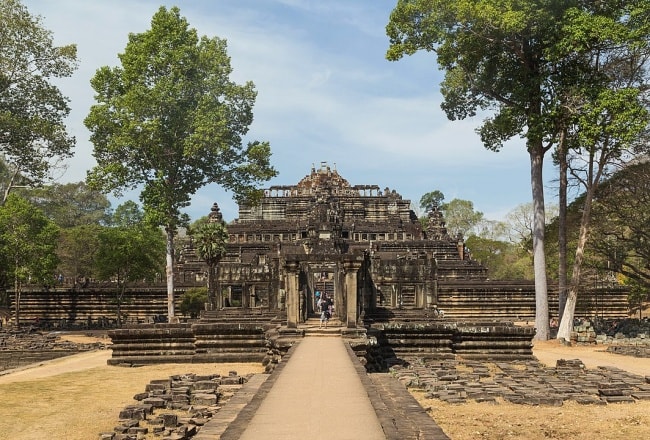
A second restoration project, which came to be known as the largest three-dimensional jigsaw puzzle in the world, was launched in 1996 under the guidance of the architect Pascal Royère. Modern technology greatly aided in the process, but it still took 16 years to complete the puzzle.
The lighter colored stones are the restored pieces. We are truly fortunate to be able to visit this remarkable site and owe a debt of gratitude to the hundreds of workers responsible for reconstructing this magnificent temple.


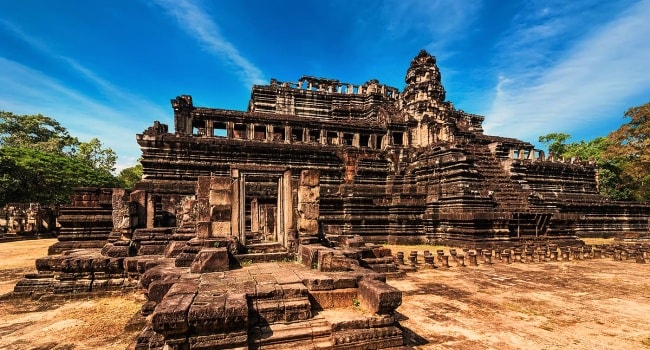

 05/01/2026
05/01/2026
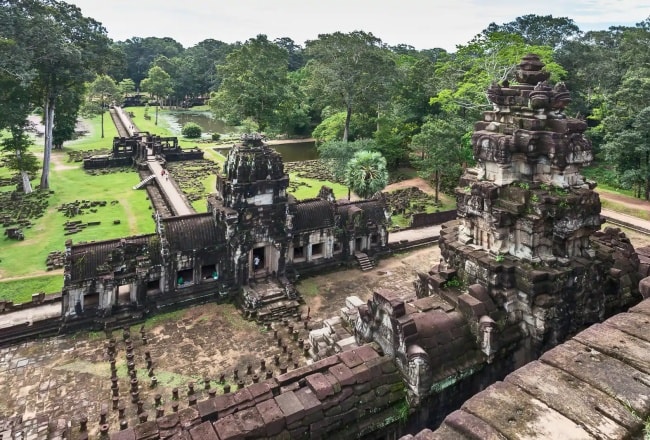
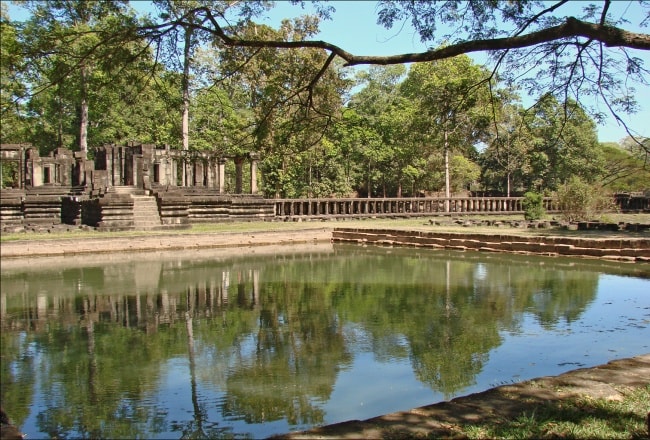
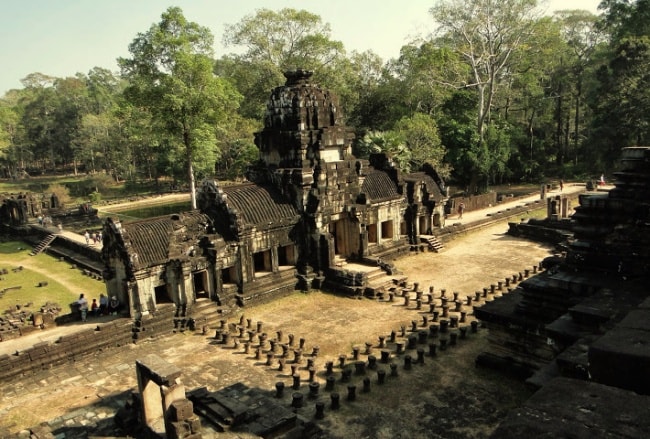
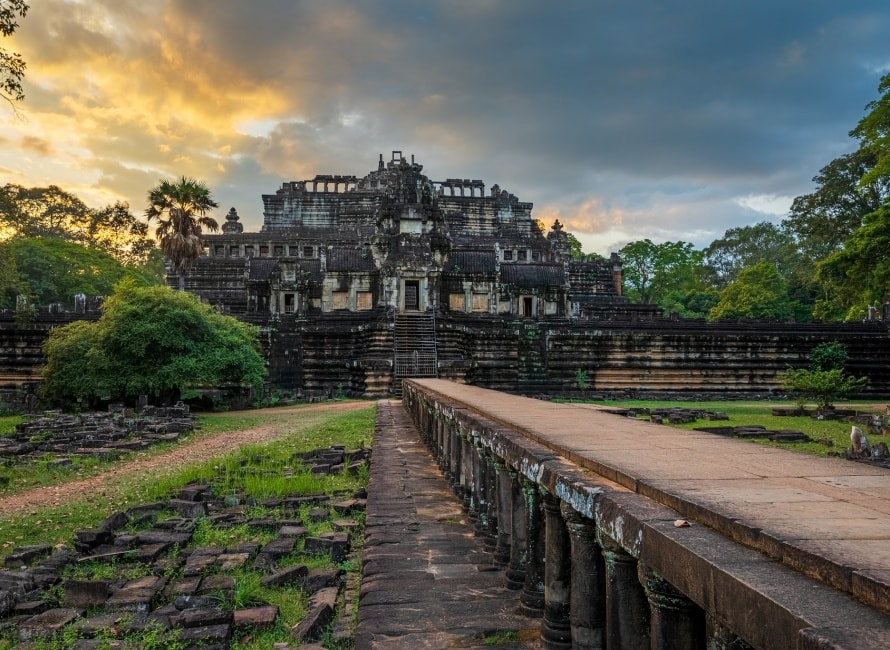
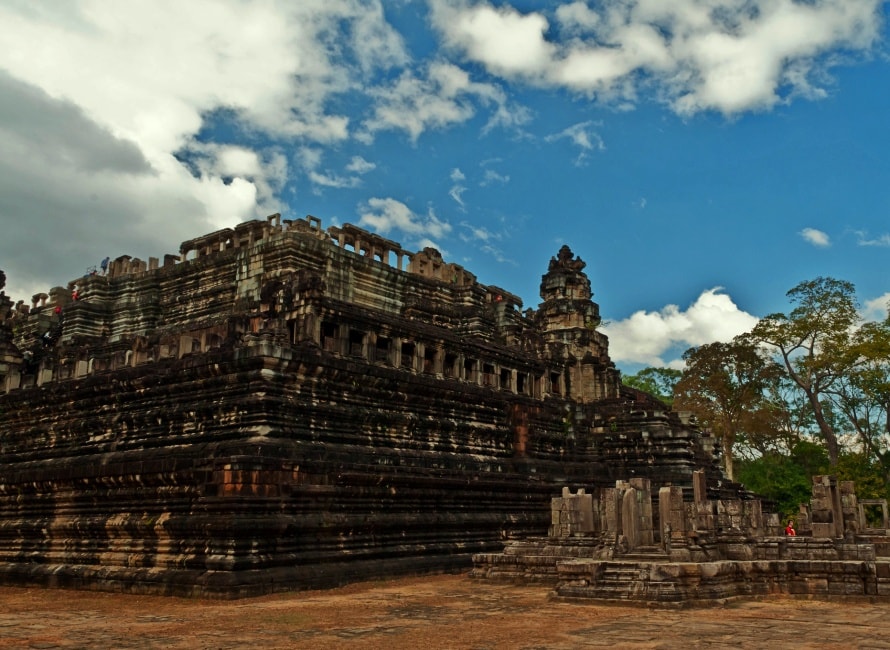
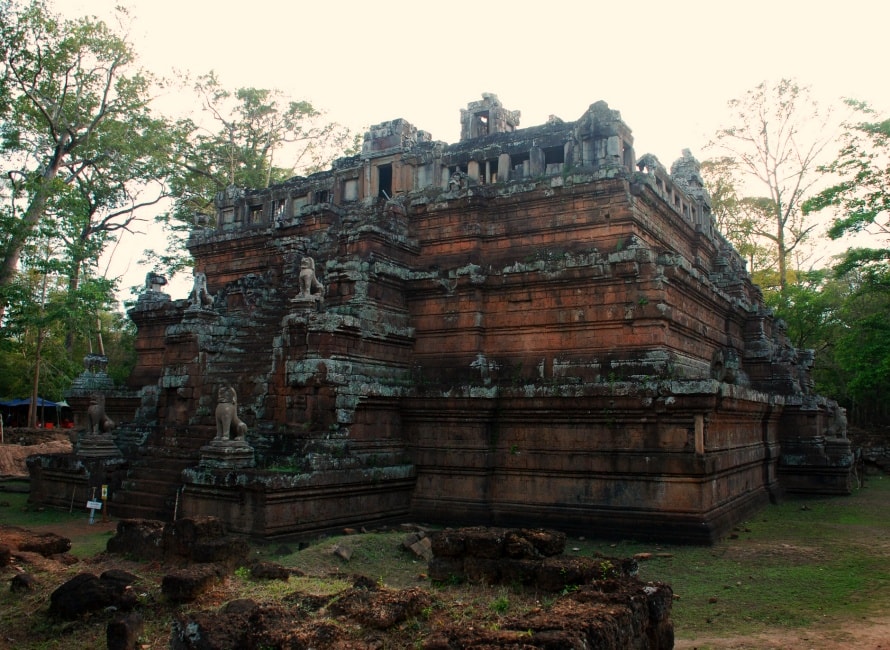
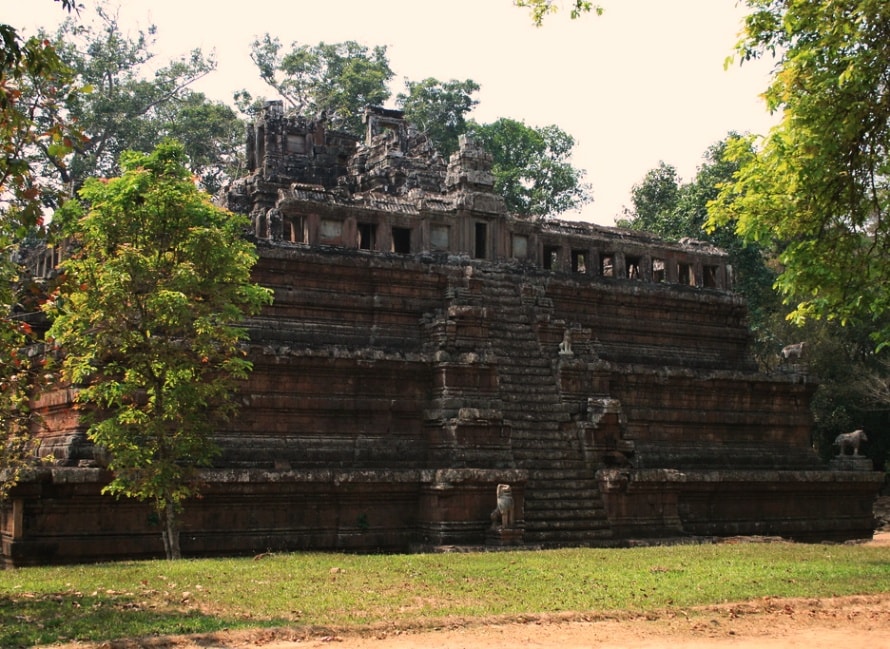

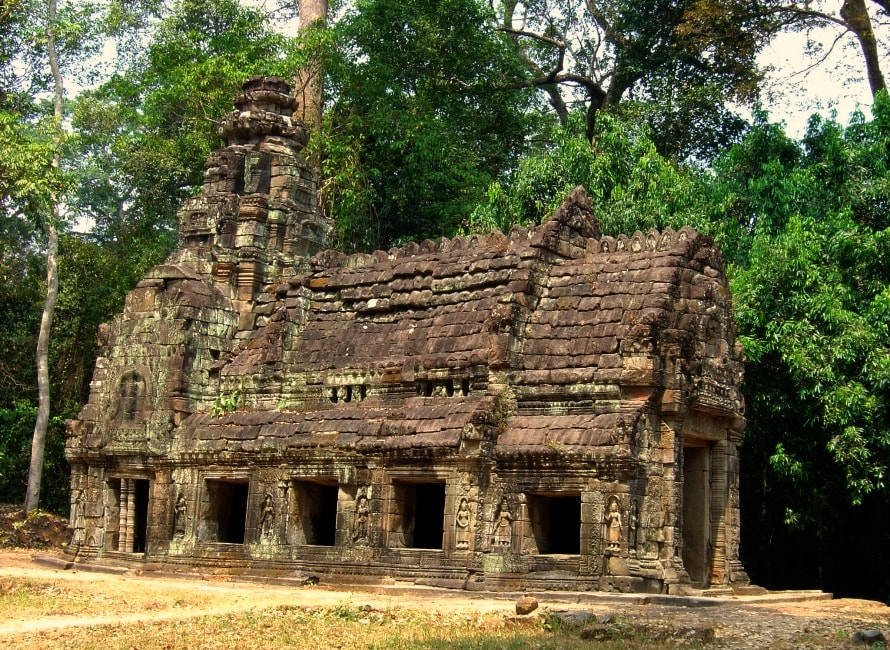
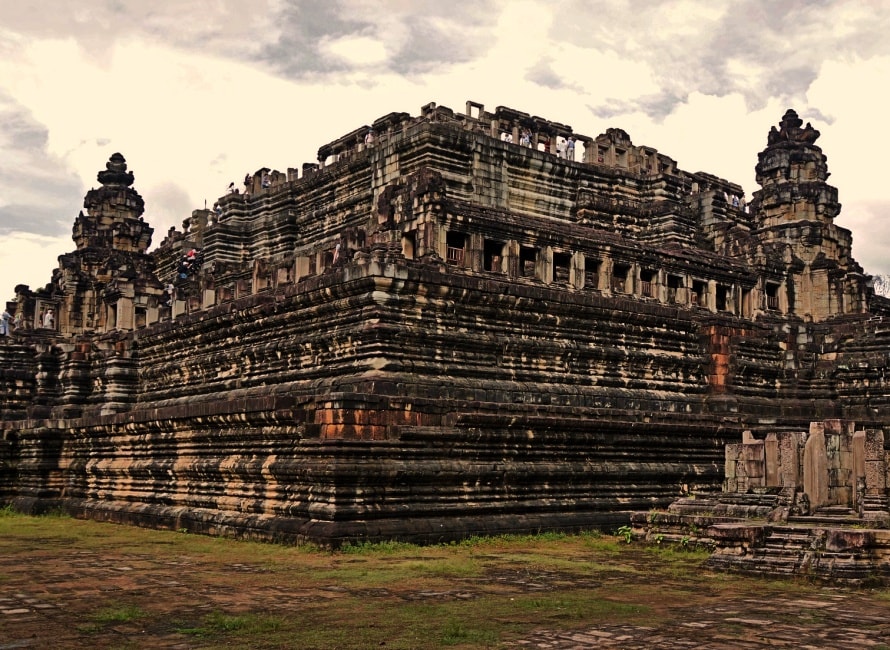

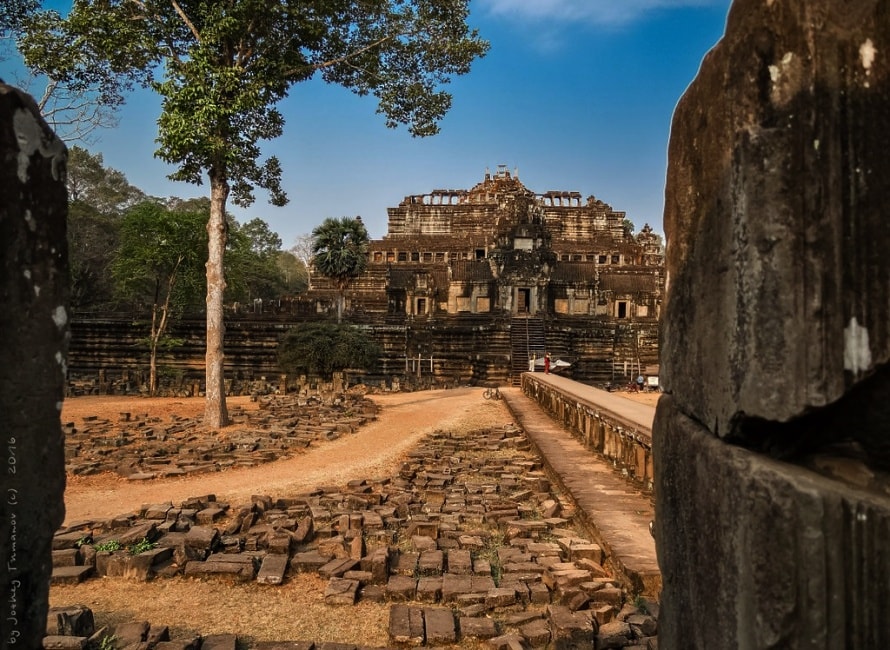




















Jolie LIEMMy name is Jolie, I am a Vietnamese girl growing up in the countryside of Hai Duong, northern Vietnam. Since a little girl, I was always dreaming of exploring the far-away lands, the unseen beauty spots of the world. My dream has been growing bigger and bigger day after day, and I do not miss a chance to make it real. After graduating from the univesity of language in Hanoi, I started the exploration with a travel agency and learning more about travel, especially responsible travel. I love experiencing the different cultures of the different lands and sharing my dream with the whole world. Hope that you love it too!